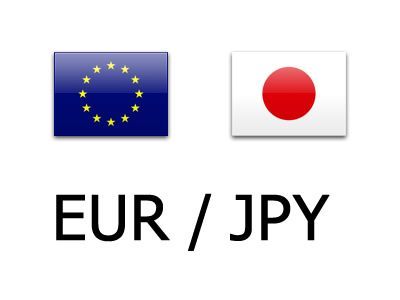-
Mexico Jobless Rate meets expectations (2.7%) in November
-
GBP/JPY Daily Outlook
Daily Pivots: (S1) 210.83; (P) 211.21; (R1) 211.81; More… Intraday bias in GBP/JPY is turned neutral with current retreat, and some consolidations would be seen. Downside of retreat should be contained above 206.74 support to bring another rally. On the upside, break of 61.8% projection of 184.35 to 205.30 from 199.04 at 211.98 will extend […]
The post GBP/JPY Daily Outlook appeared first on ActionForex.
-
Mexico Jobless Rate s.a: 2.7% (November) vs 2.6%
Mexico Jobless Rate s.a: 2.7% (November) vs 2.6% -
Amazon faces ‘leader’s dilemma’ — fight AI shopping bots or join them
Agents like OpenAI’s Instant Checkout and Perplexity’s Instant Buy threaten to reshape the e-commerce landscape. -
United States MBA Mortgage Applications declined to -5% in December 19 from previous -3.8%
United States MBA Mortgage Applications declined to -5% in December 19 from previous -3.8% -
Pound Sterling outperforms US Dollar amid firm Fed dovish bets for 2026
The Pound Sterling (GBP) revisits the three-month high around 1.3535 against the US Dollar (USD) during the European trading session on Wednesday. -
USD/CHF Price Forecast: Sees more downside to near 0.7830
The USD/CHF pair extends its losing streak for the third trading day on Wednesday. -
Gold eases slightly from fresh record highs above $4,500
Gold (XAU/USD) treads water on Wednesday, with prices consolidating after surging to a fresh all-time high near $4,526 earlier today. Volatility picked up during the Asian session amid thin holiday liquidity ahead of Christmas, encouraging mild profit-taking at elevated levels. -
EUR/JPY Daily Outlook
Daily Pivots: (S1) 184.33; (P) 184.62; (R1) 185.01; More… Intraday bias in EUR/JPY is turned neutral with current retreat and some consolidations would be seen. Downside should be contained above 181.98 resistance turned support to bring another rally. On the upside, break of 184.89 temporary top will resume larger up trend to 186.31 long term […]
The post EUR/JPY Daily Outlook appeared first on ActionForex.
-
EUR/GBP Daily Outlook
Daily Pivots: (S1) 0.8721; (P) 0.8743; (R1) 0.8761; More… EUR/GBP is staying above 0.8720 support despite today’s decline. Intraday bias stays neutral, and further fall is mildly in favor with 0.8800 resistance intact. On the downside, break of 0.8720 will bring deeper fall to 0.8631 cluster support (38.2% retracement of 0.8221 to 0.8663 at 0.8618). […]
The post EUR/GBP Daily Outlook appeared first on ActionForex.
End of content
End of content






